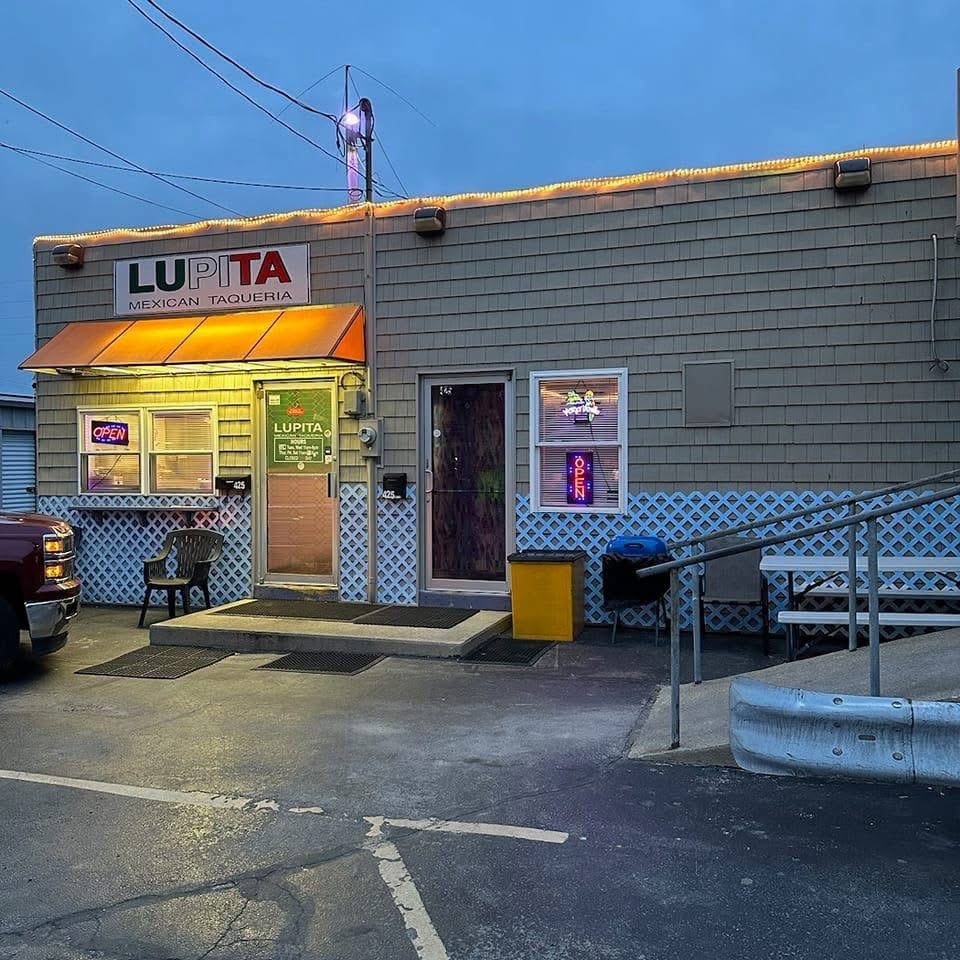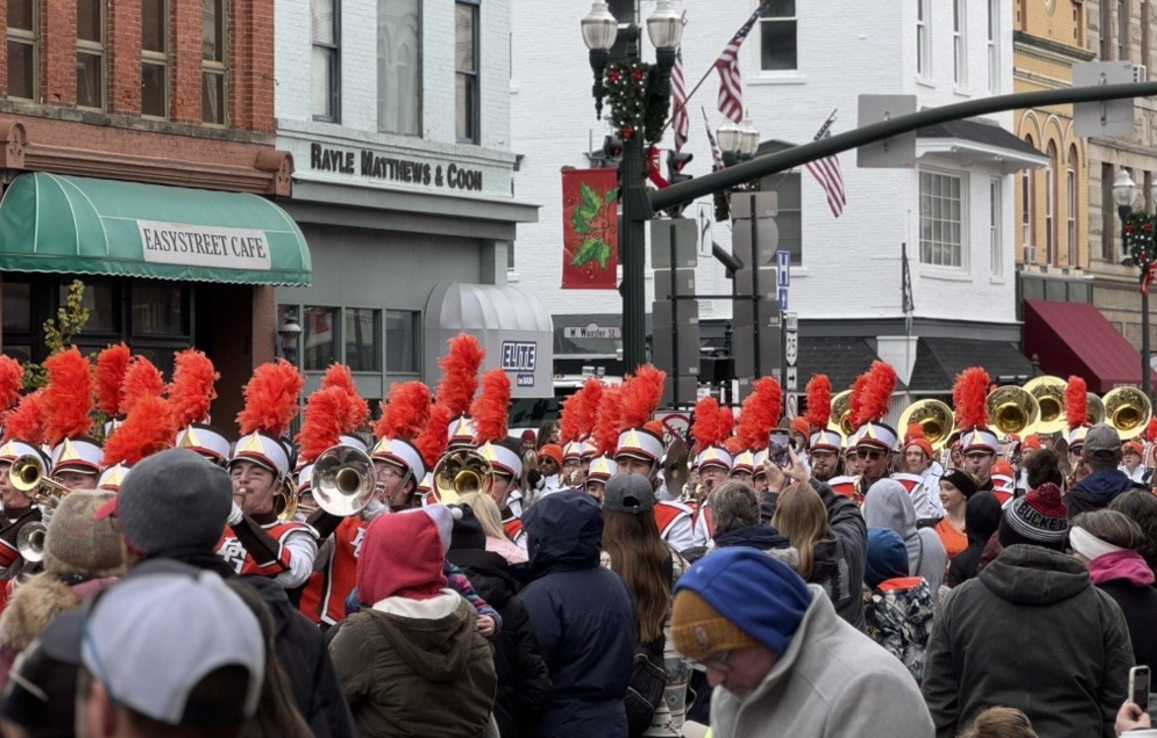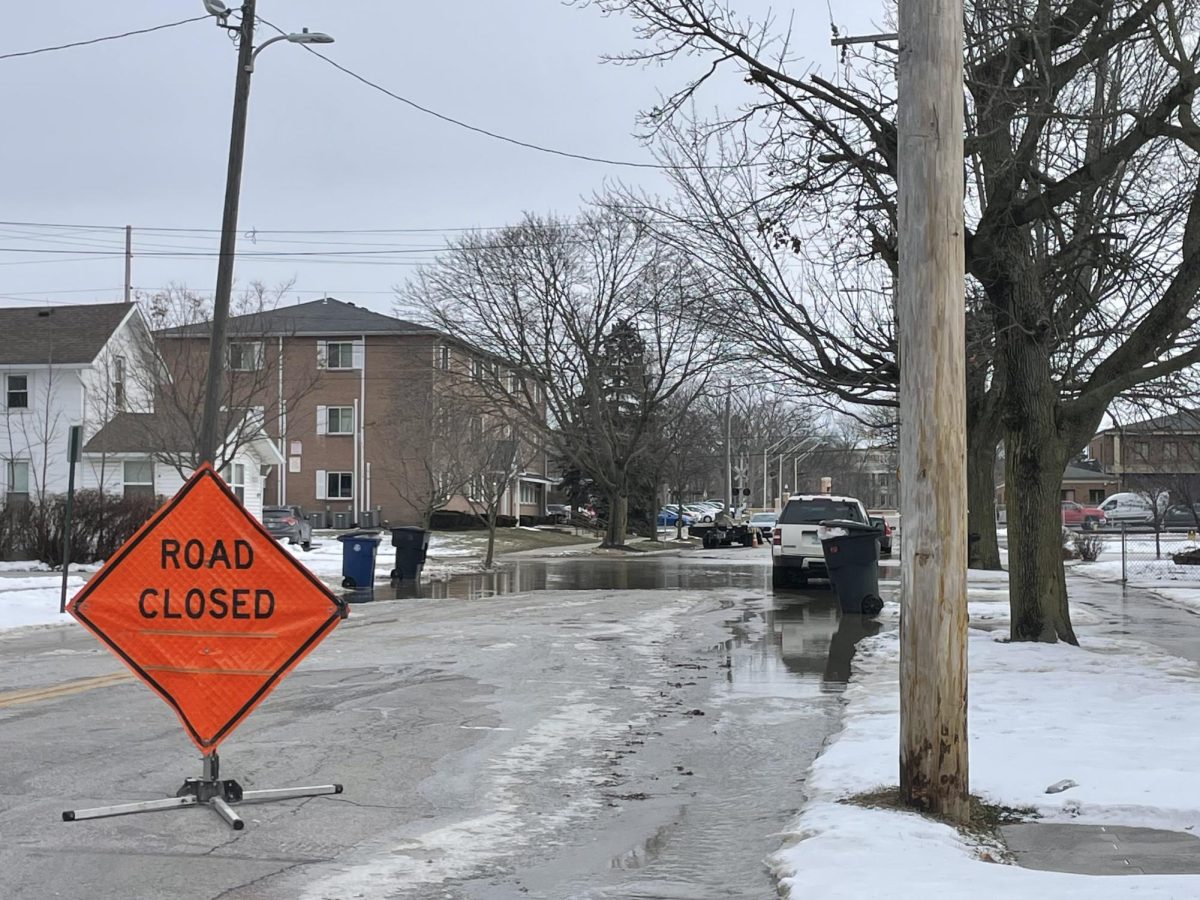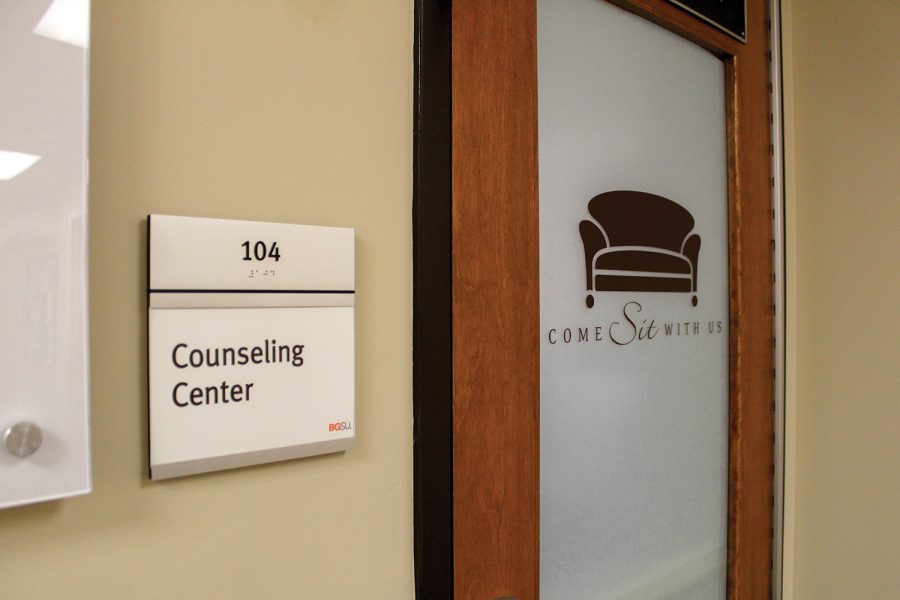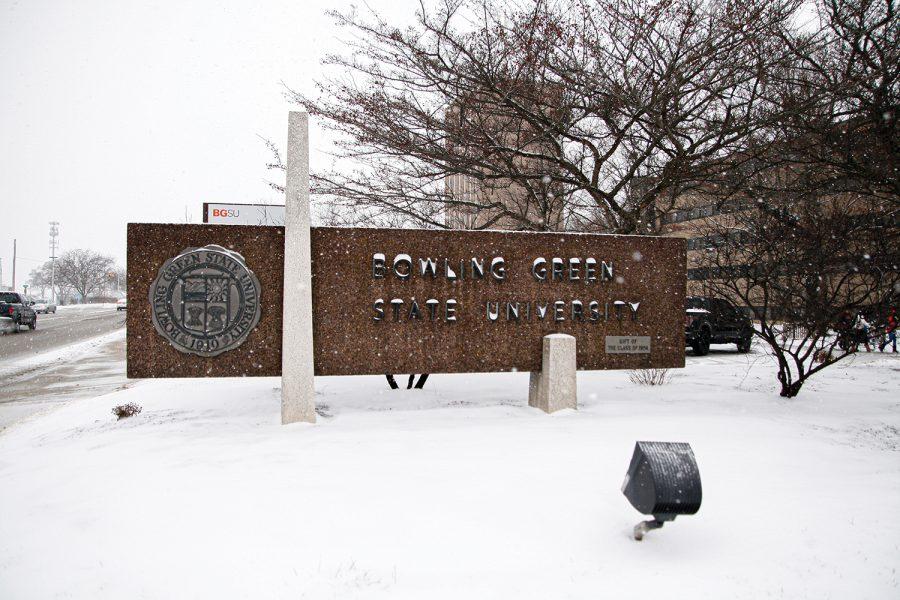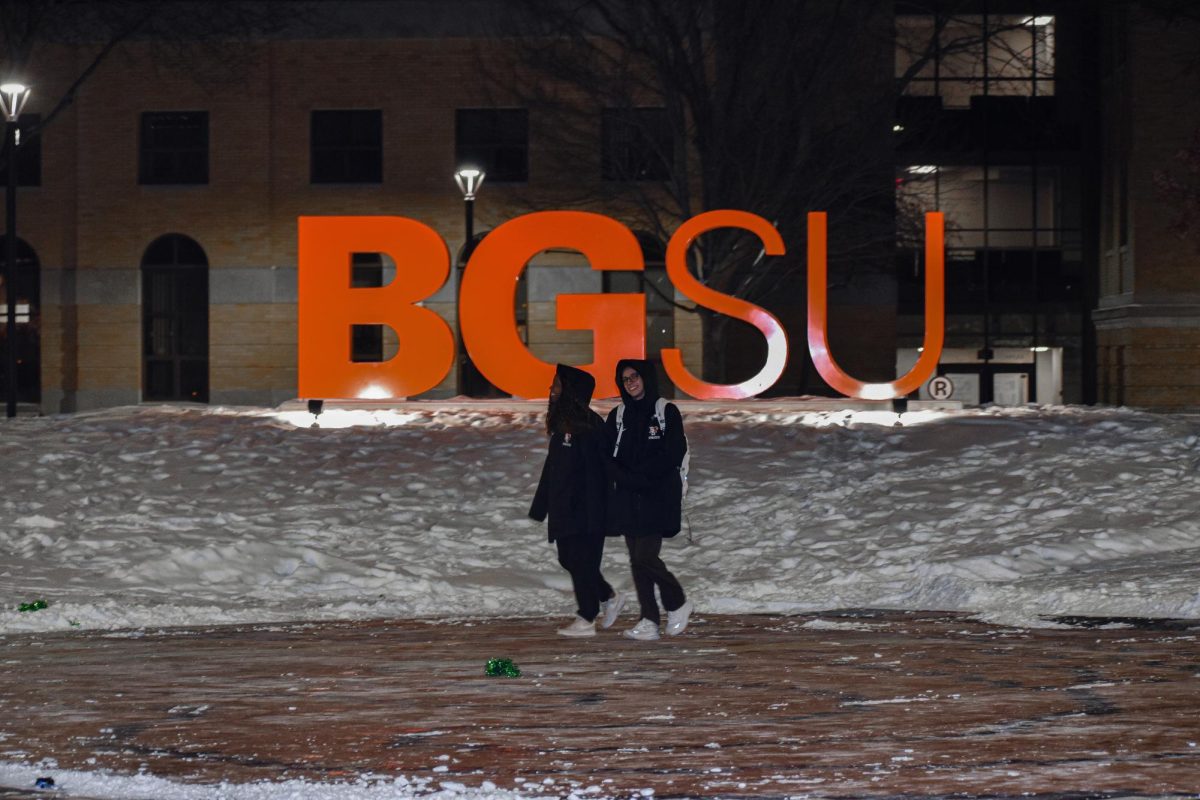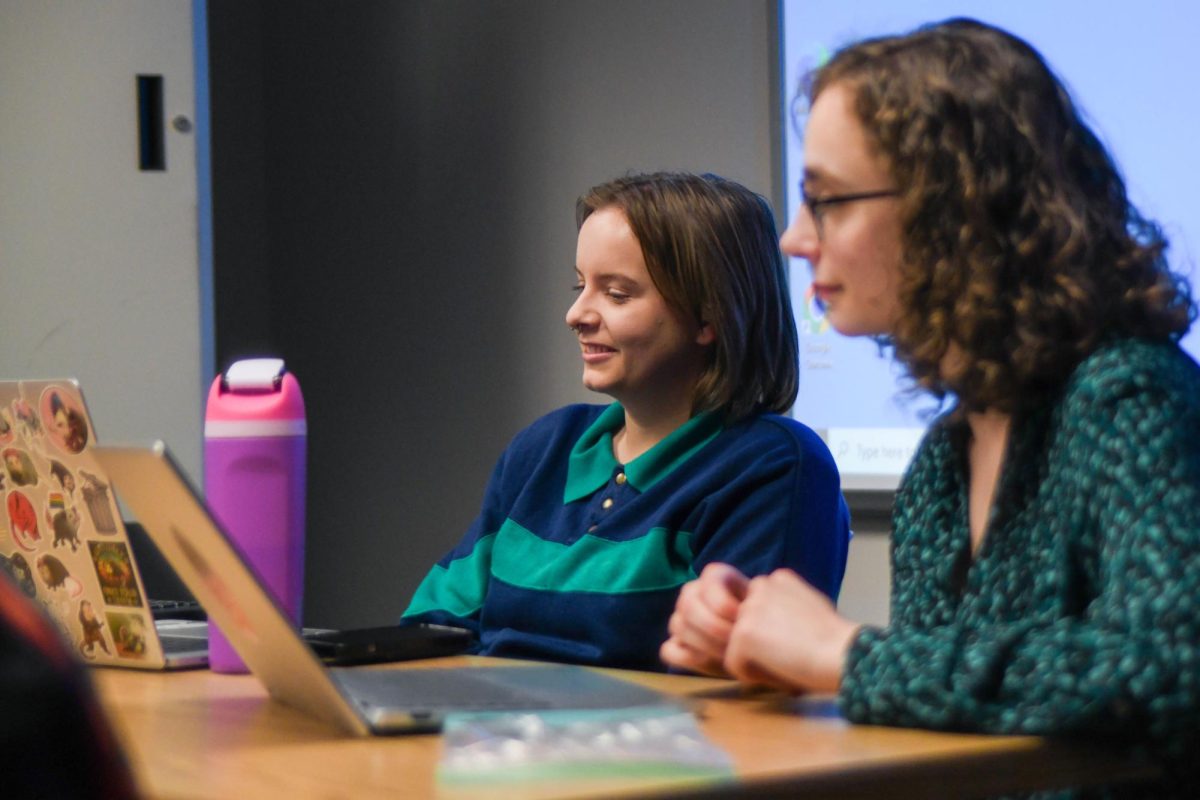The City of Bowling Green’s Planning Department is amidst plans to revitalize the city, particularly the east side neighborhoods around the University and between Main Street and I-75.
Heather Sayler of the city’s Planning Department visited USG on Monday to present the idea to students.
“It’s really important that we work closely with the University and, of course, students,” Sayler said.
In 2014, the city passed a future land use plan that prioritizes neighborhoods around the University.
“Not only do we want you to have a great education here, but we would like you to stay here and live in our neighborhoods and have a great job,” Sayler said.
To accomplish these goals, the city hired an urban planning firm called Camiros. Adam Rosa, a principle at Camiros, is working closely with the city and University community to better understand the community’s desires for the east side neighborhoods.
“This is all about strengthening the relationship between the University and the surrounding neighborhoods,” Rosa said. “We’re trying to move towards something that’s more about opportunity, livability, vitality and education.”
Rosa and the city hope to improve both the experiences of students and non-students who live in the east side neighborhoods.
“In college towns like this there’s always a little bit of tension between the students and the long timers,” Rosa said.
The plan seeks to take both reactive and proactive approaches to improvements.
Questions Rosa and the city are seeking to answer include transportation changes, such as bike lanes, business development like accessible shopping, public safety and affordable student housing.
The city has had community meetings and currently has a task force working on plans for the neighborhood development.
The next community outreach effort is occurring on Tuesday, Feb. 7 from 6 p.m. to 8 p.m. at the courthouse. Community members are encouraged to come by to learn more about the plans being made and to offer suggestions for improvements.
Rosa has worked on similar projects to Bowling Green, South Bend, Indiana where the University of Notre Dame is located.
“We did the original plan [in South Bend] that resulted in what’s called Eddy Street Commons,” Rosa said. “It’s a three to four block long strip with restaurants and shops and housing above… it created a whole new neighborhood that’s right next to campus.”
Although this South Bend model may not fit for Bowling Green, it shows the success Camiros has had in college towns before. The firm is also staring a similar college town project in DeKalb, Illinois where Northern Illinois University is located.
Rosa’s goal for Bowling Green is to learn from the residents how the city can make positive changes for the east side neighborhoods.
“The focus of what we do is really neighborhood planning, and it’s all community based planning” aimed at positive change, Rosa said.
Separately at the meeting, Provost Rodney Rogers gave some follow up to President Mary Ellen Mazey’s email letter about President Trump’s recent executive order banning immigration from seven select countries.
“A core value of Bowling Green State University since as long as I know has been around ensuring that we have a diverse community to learn from each other,” Rogers said. “Diverse communities are powerful and strong communities.”
Rogers reiterated Mazey’s message from her letter.
“Fostering a culture of inclusion is a core value of Bowling Green State University,” the letter states. “Our University community is greatly enriched by our international students and faculty…”
The University is working to fully understand the implications of Trump’s executive order. There are students and faculty from the seven countries included in the executive order. The University has reached out to each of these individuals, Rogers said.
Rogers also said that student with more questions should reach out to Dr. Marcia Salazar-Valentine.
Updates on the possible J-term were also given on Monday night.



